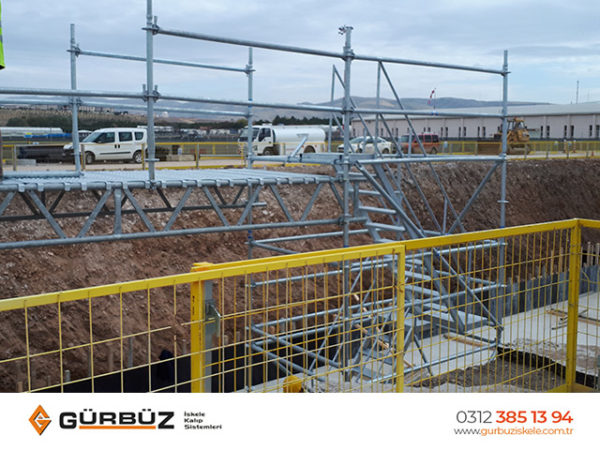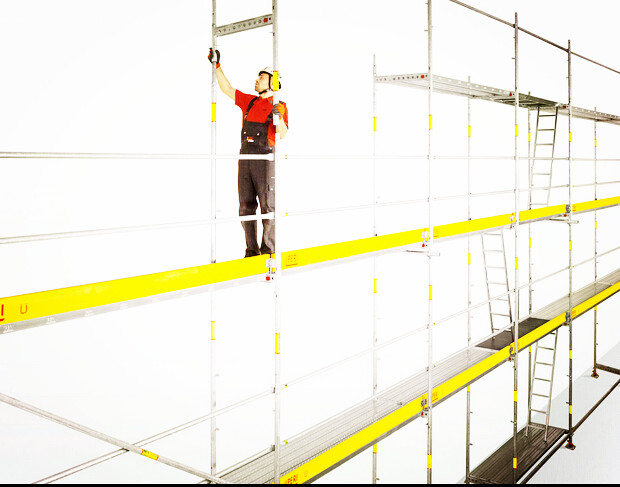

The ECM has various topographical characteristics that range from a microscale to nanoscale. Living cells are highly sensitive to the complex, but well-defined structural extracellular matrix (ECM) environment that can regulate cell fate and function. Therefore, PCL is considered to be an ideal candidate for producing transplantable biodegradable scaffolds for use in bone regeneration. In addition, PCL is a common material used to manufacture US Food and Drug Administration (FDA)-approved devices and is relatively inexpensive. PCL is commonly used as a BTE scaffold due to its characteristic strengths, such as its biodegradability, biocompatibility, high rigidity, and flexibility. In the current study, we selected PCL, a synthetic polymer that is able to overcome the above noted limitations. However, it is well known that collagen-based scaffolds have many critical limitations, including high swelling and bioresorption rates, low adhesive and mechanical properties, and high costs. Among natural polymers, collagen-based scaffolds, such as Geistlich Bio-Gide® membrane, are the most commonly used in the clinical field.

Polymer-based BTE scaffolds can be broadly classified into the following: natural polymers, such as collagen, alginate, and chitosan and synthetic polymers, such as polycaprolactone (PCL), poly-lactic-co-glycolic acid (PLGA), and polylactic acid (PLA). Accordingly, BTE scaffolds for successful clinical application focuses on the use of biocompatible biodegradable polymer-based biomaterials. The following functional characteristics of BTE scaffolds are indispensable for their successful clinical application: (1) excellent biocompatibility and biodegradable, (2) enhancement of cellular phenomena, such as proliferation, migration, adhesion, and differentiation, (3) ability to provide sufficient space for the growth of cells, (4) suitable mechanical properties, including flexibility, and (5) easy handling during surgery. An effective BTE scaffold is required in order to achieve the ultimate goal of bone regeneration. īone tissue engineering (BTE) aims to facilitate and accelerate the body’s natural healing capacity using scaffolds produced from engineered biomaterials. However, autogenous bone grafts are associated with several critical limitations, including the high cost of surgery, requirement of complicated microsurgery techniques, donor site morbidity, and limited treatment success of large bone defects. The current gold standard for treating critical-sized bone defects is an autogenous bone graft. These critical-sized bone defects may negatively impact an individual’s life, making it crucial that patients receive rapid and complete treatment.

These defects may occur after acute trauma, chronic cases of nonunion, or oncological cases following resection. Critical-sized bone defects are technically defined as those that will not heal spontaneously during a patient’s lifetime. Treatment of large critical-sized bone defects remains a major clinical orthopedic challenge. Our findings demonstrated that topographically defined radially patterned transplantable biodegradable scaffolds may have great potential for clinical application of bone tissue regeneration. Furthermore, the transplantable scaffolds promoted regeneration of critical-sized bone defects by inducing cell migration and differentiation. The radially aligned pattern significantly promoted the recruitment of host cells and migration of osteoblasts into the defect site. The radially patterned transplantable biodegradable scaffolds had a radial structure aligned in a central direction. In this study, we proposed a transplantable radially patterned scaffold for bone regeneration that was defined by capillary force lithography technology using biodegradable polycaprolactone polymer. Bone tissue engineering has been proposed as a viable alternative, not only for replacing the current standard treatment, but also for producing complete regeneration of bone tissue without complex surgical treatments or tissue transplantation. The current gold standard for treating critical-sized bone defects is autologous bone graft however, it has critical limitations. The healing of large critical-sized bone defects remains a clinical challenge in modern orthopedic medicine.


 0 kommentar(er)
0 kommentar(er)
